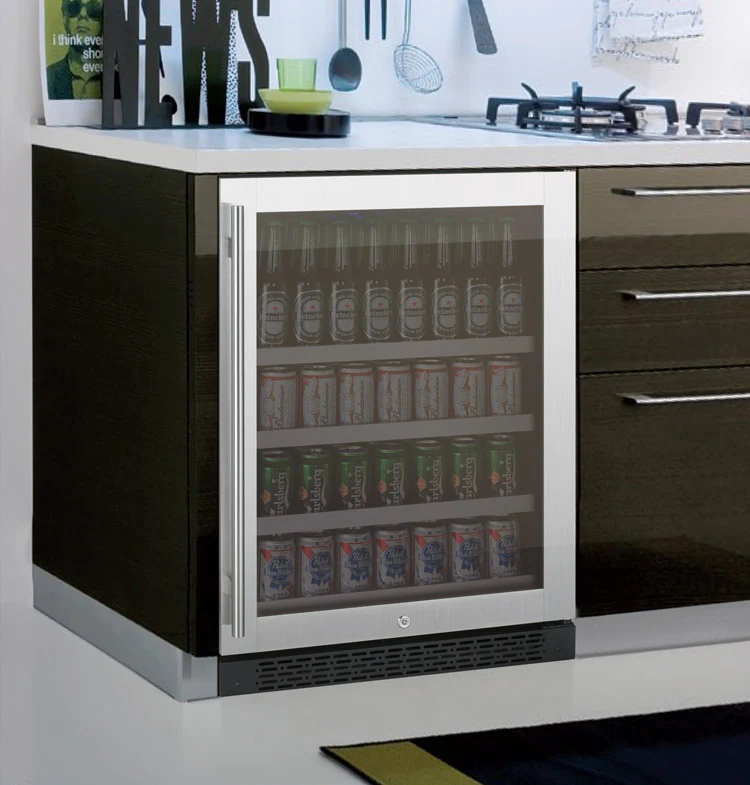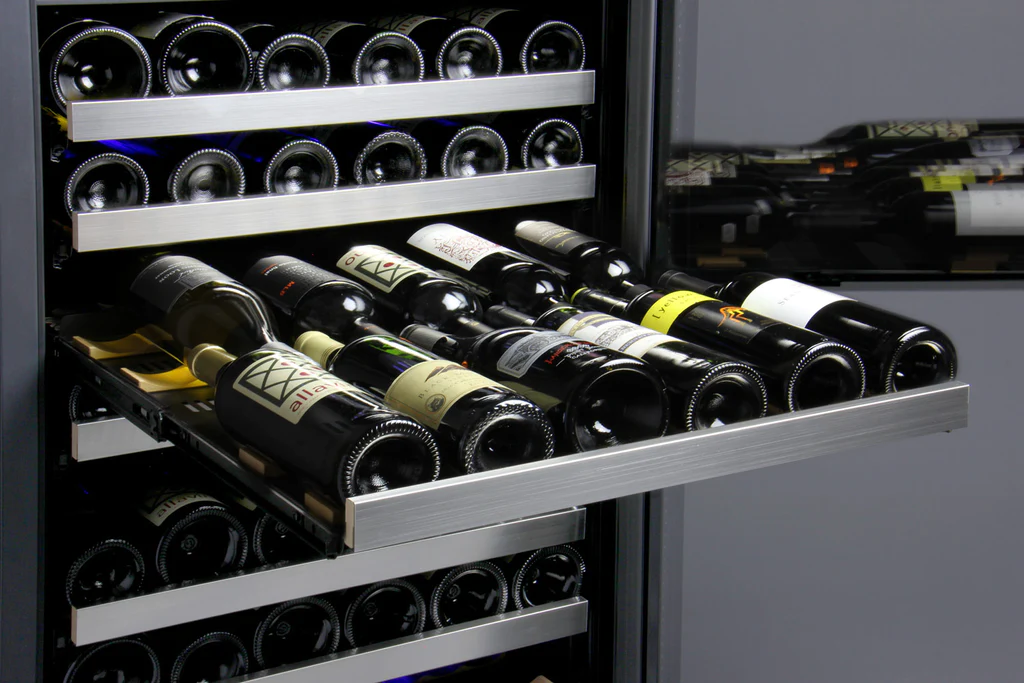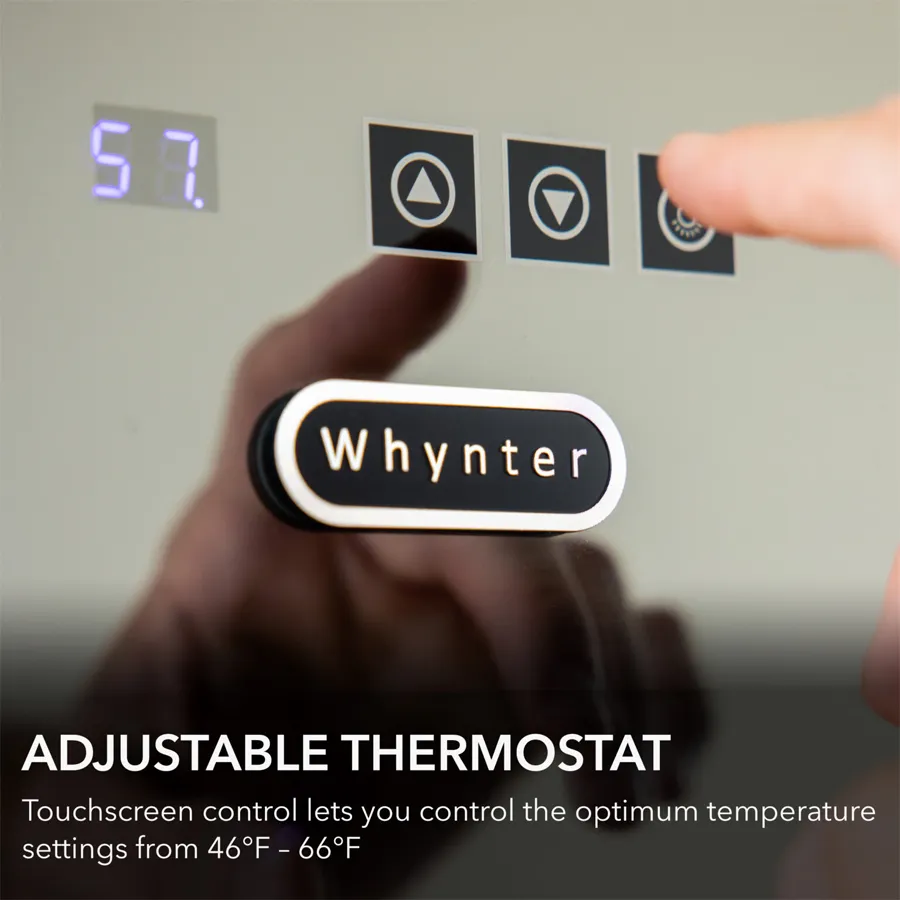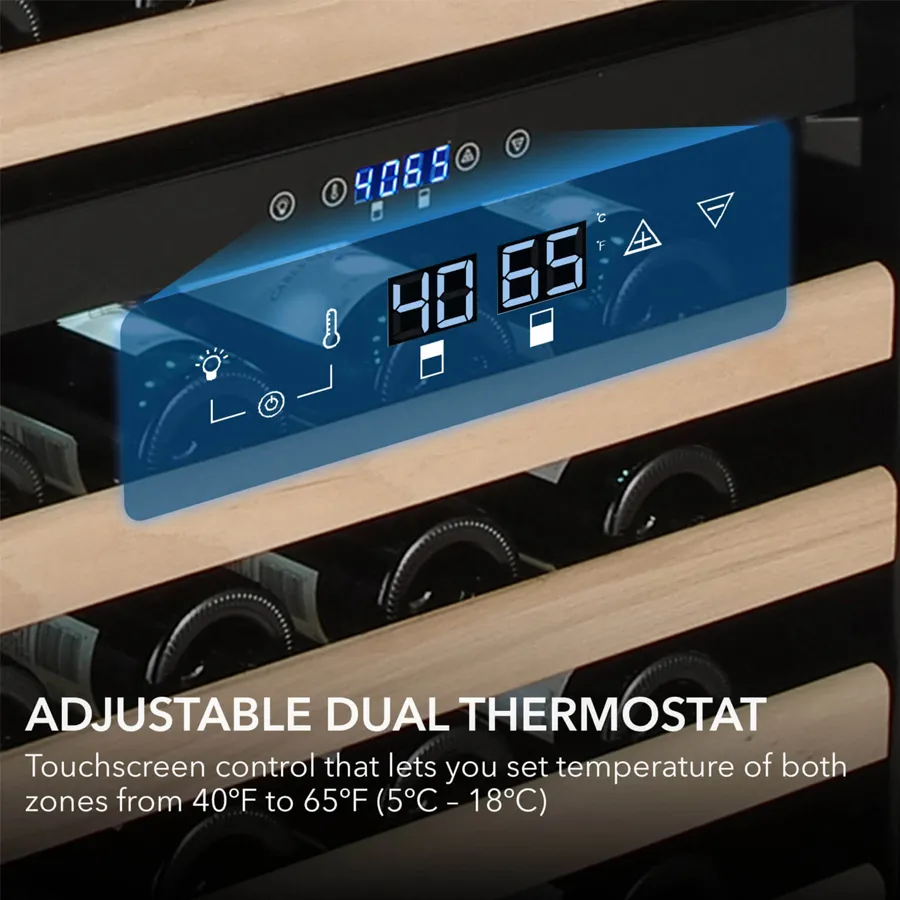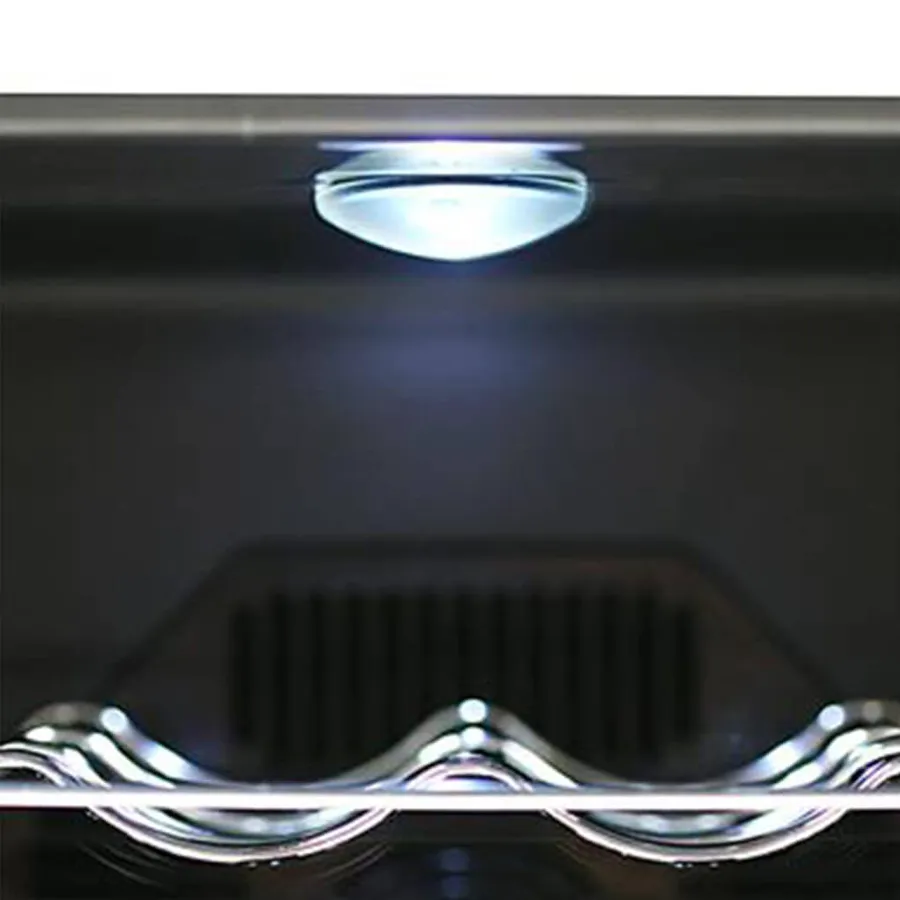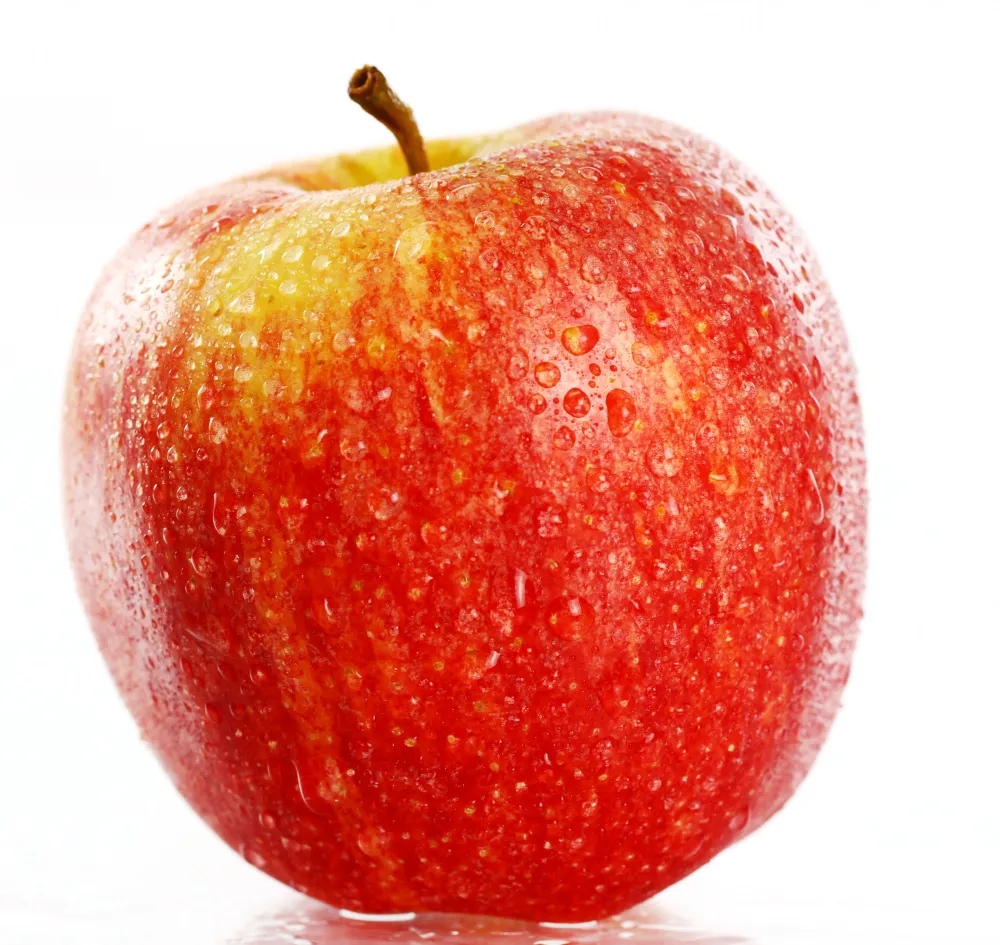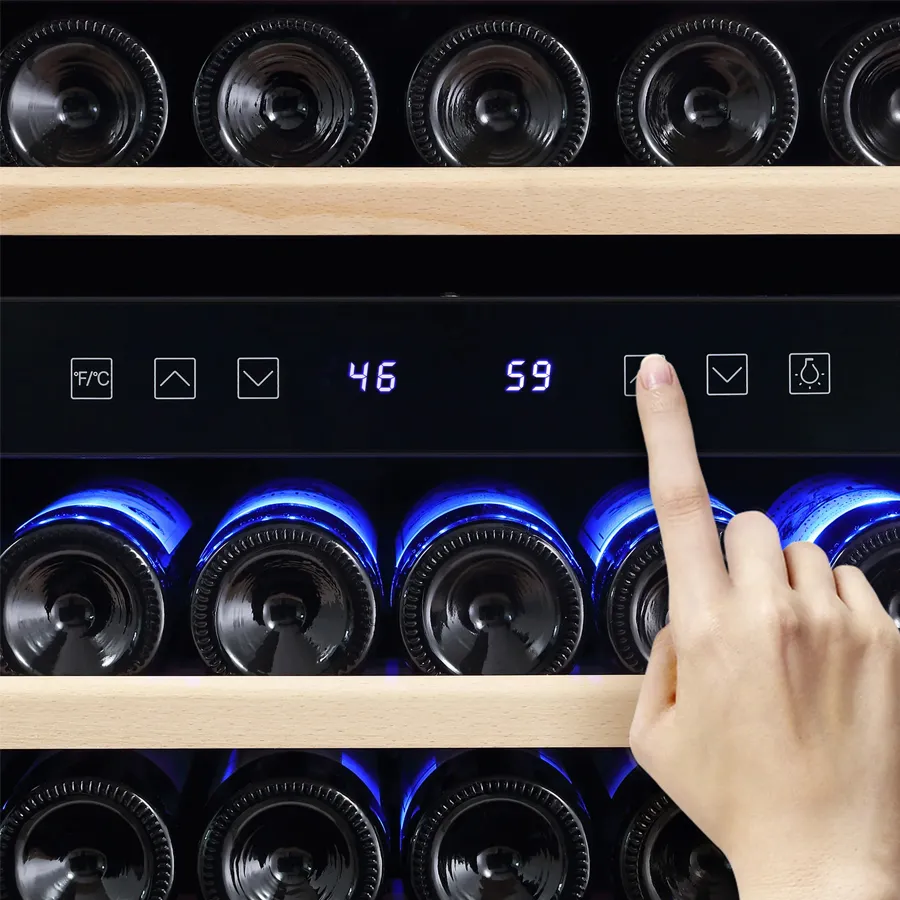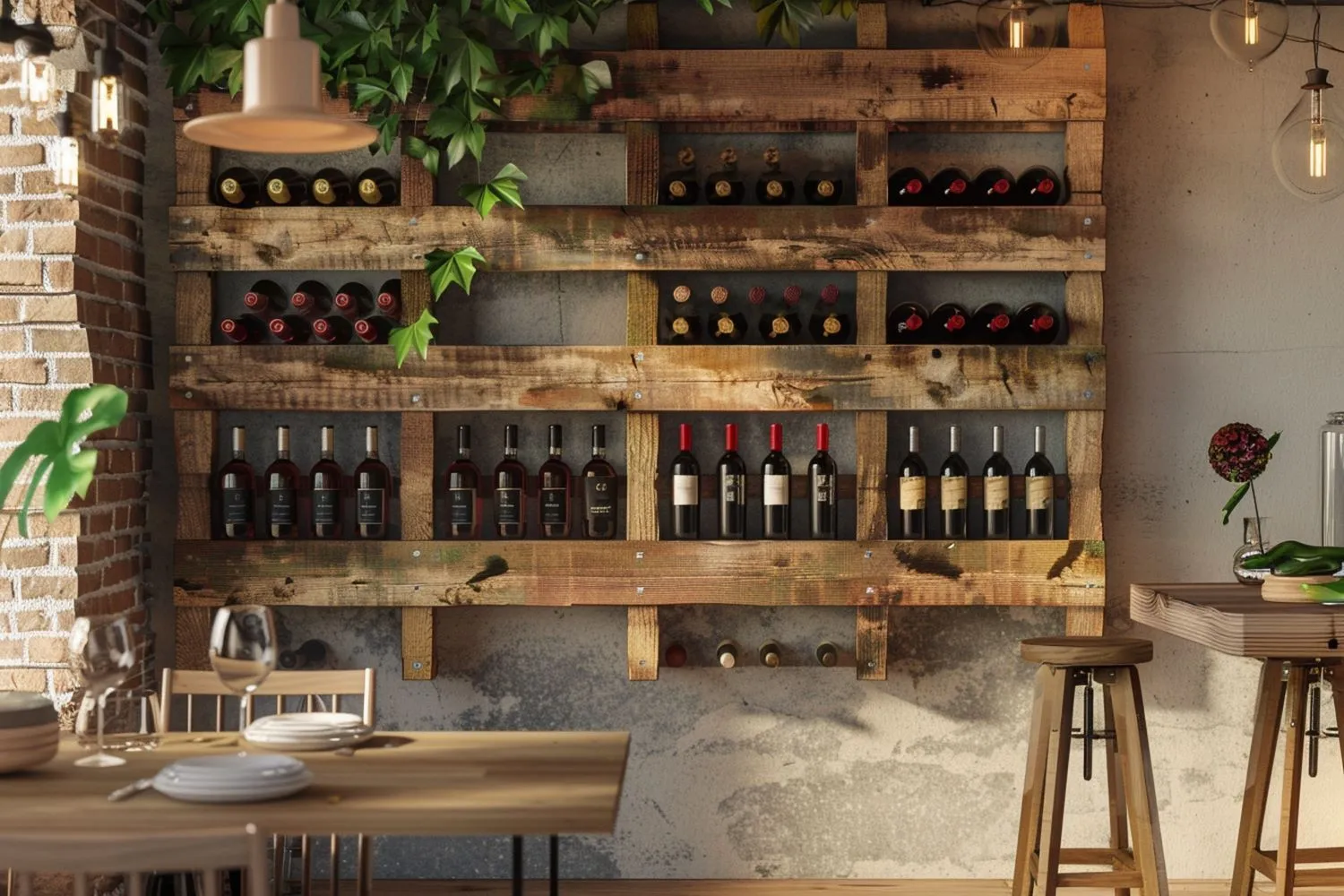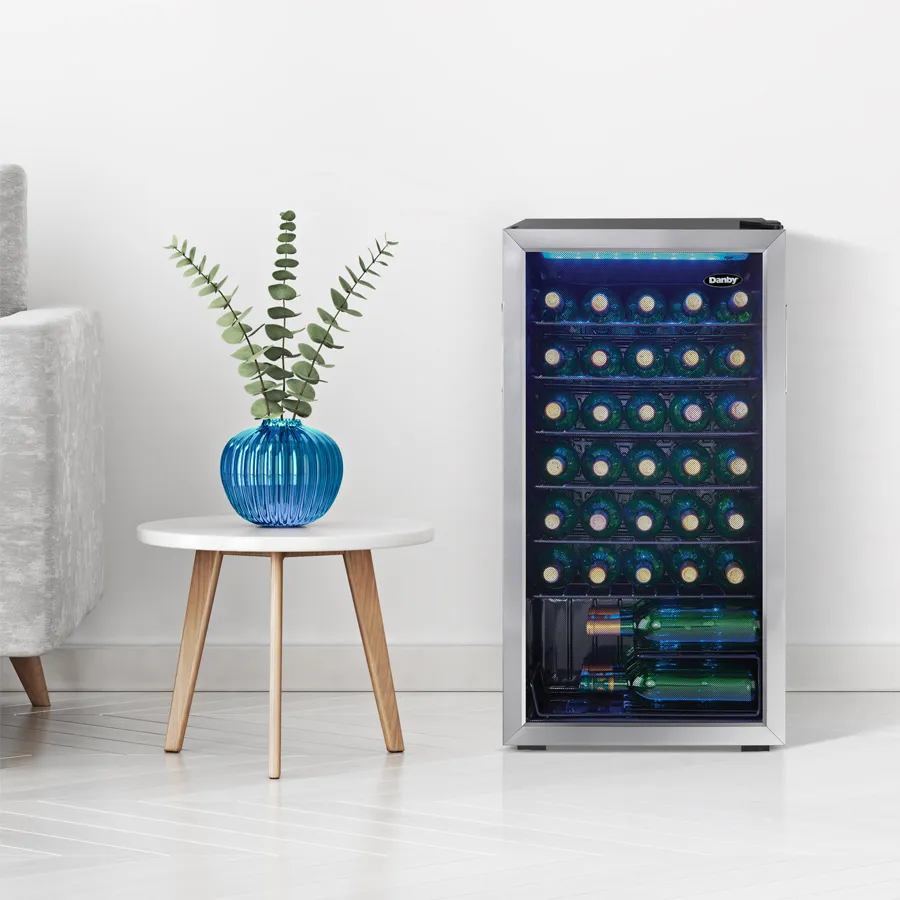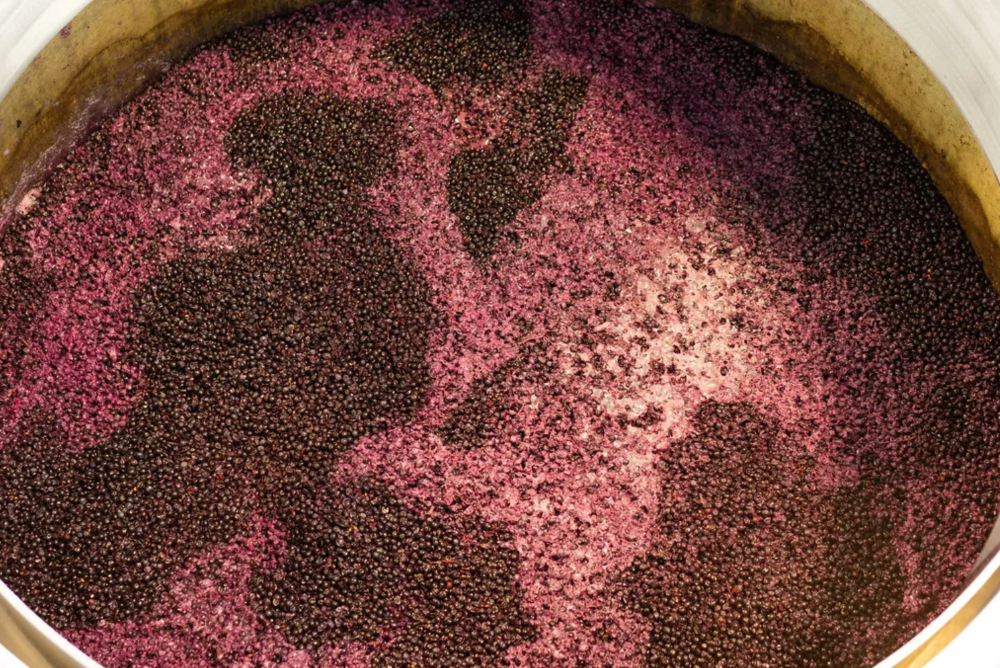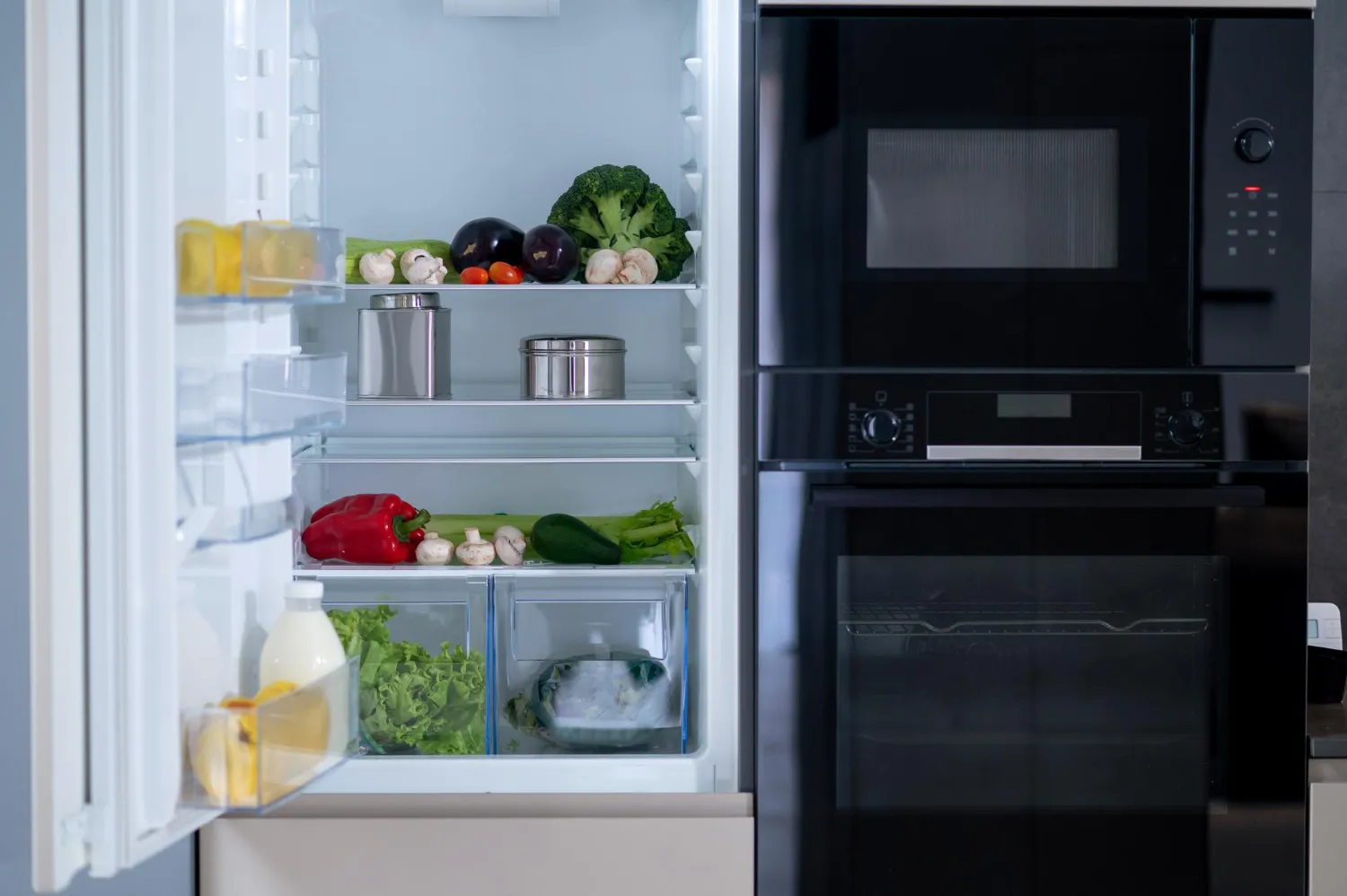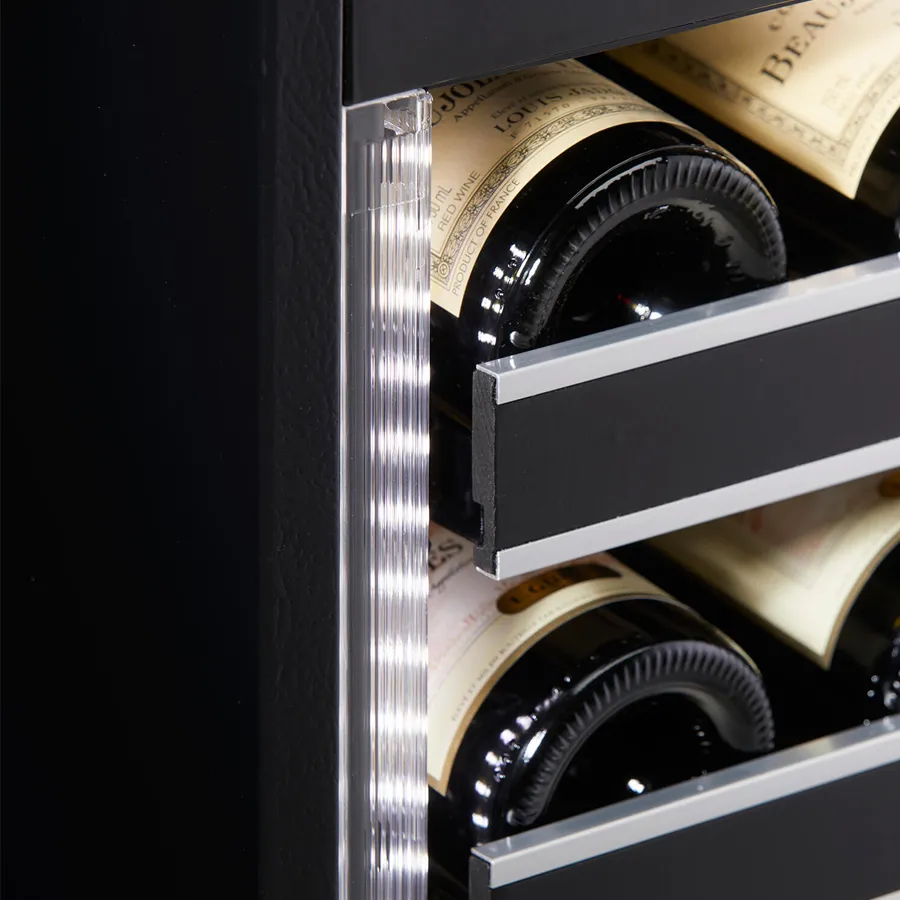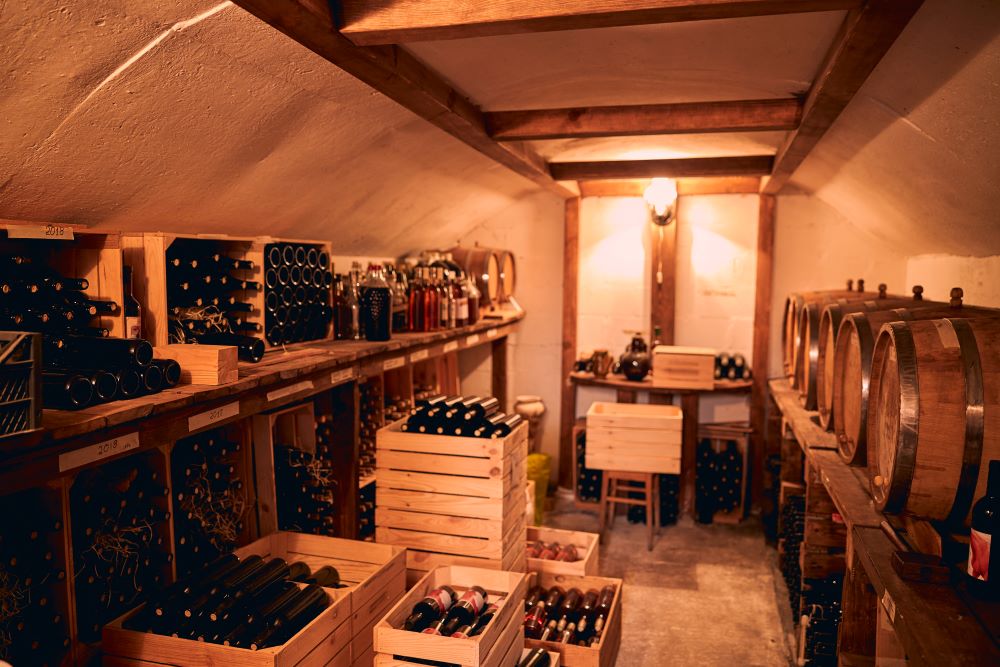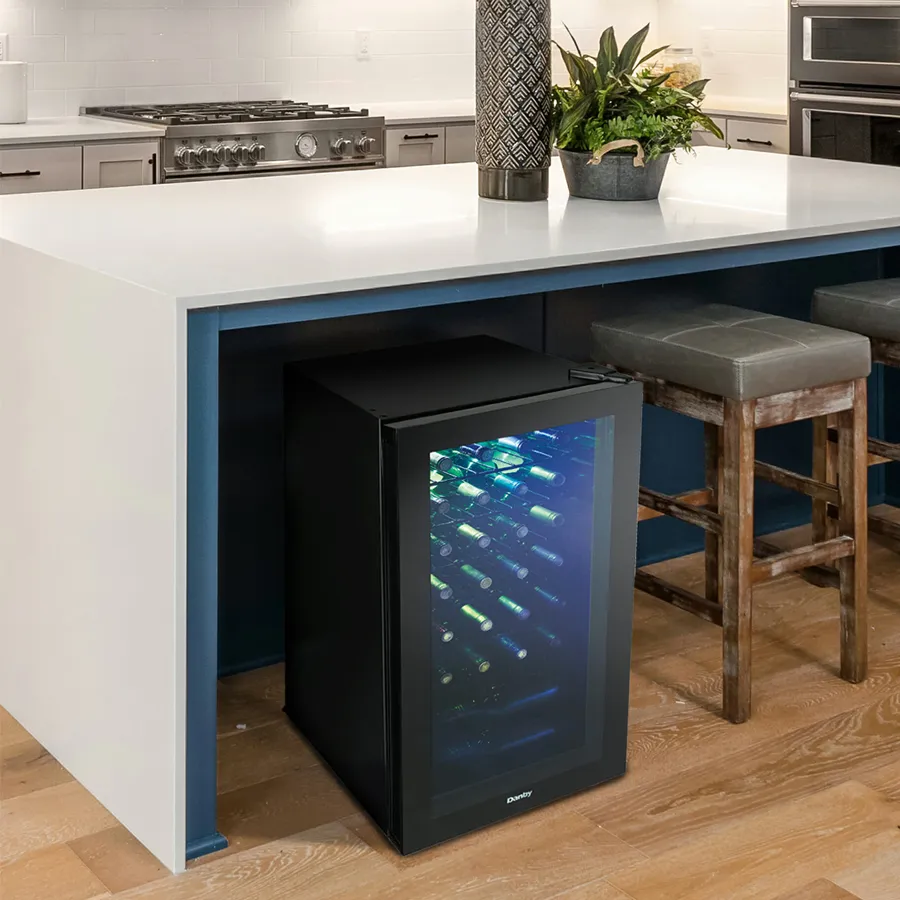Is ice Buildup a problem in your wine fridge? This is a prevalent problem that, if left unchecked, might cause significant harm. In this tutorial, we’ll show you the best practices for clearing out the ice from your wine fridge, so that your fridge keeps running smoothly and your wine stays in pristine condition. You can protect your wine fridge from damage caused by ice accumulation by following these easy procedures.
Factors Contributing to Ice Buildup
Before we dive into how to deal with ice buildup in your wine refrigerator, it’s important to understand the factors that contribute to this issue. Temperature regulation and humidity control are the two main factors that can lead to ice buildup in your wine refrigerator. Any fluctuations in these factors can result in ice forming in your unit.
Temperature Regulation
Temperature regulation is crucial in preventing ice buildup in your wine refrigerator. When the temperature inside the unit is not consistent, it can lead to condensation and ultimately result in ice forming. To ensure proper temperature regulation, it’s important to consider factors such as the positioning of the unit and the ventilation around it.
| Factors to Consider | Impact on Temperature Regulation |
| Positioning of the unit | Improper positioning can lead to uneven temperature distribution |
| Ventilation | Poor ventilation can result in temperature fluctuations |
Humidity Control
In addition to temperature regulation, humidity control is another important factor in preventing ice buildup in your wine refrigerator. High levels of humidity can lead to excess moisture inside the unit, which can then freeze and form ice. It’s crucial to maintain proper humidity levels inside your wine refrigerator to prevent this issue. Any fluctuations in temperature and humidity levels can result in ice buildup in your wine refrigerator. By understanding and addressing these factors, you can effectively prevent and deal with ice buildup in your unit.
How to Prevent Ice Buildup
Assuming you want to prevent ice buildup in your wine refrigerator, there are several steps you can take to ensure it stays in optimal condition. By following these preventive measures, you can maintain the quality of your wines and the efficiency of your refrigerator.
Proper Maintenance and Cleaning Tips
Maintaining and cleaning your wine fridge regularly can keep it free of ice buildup. Regularly cleaning the interior and exterior of your wine refrigerator with mild detergent and warm water can help prevent any moisture from turning into ice. Additionally, make sure to check and clean the condenser coils at least twice a year to prevent ice from forming and affecting the cooling system. Regularly defrosting your wine refrigerator will also help in preventing ice buildup. Lastly, make sure to keep the gaskets and seals clean and well-maintained to prevent moisture from seeping in and turning into ice. Recognizing these maintenance and cleaning tips can save you from dealing with ice buildup in the long run.
Optimal Settings for Your Wine Refrigerator
Setting the optimal temperature and humidity levels in your wine refrigerator is crucial in preventing ice buildup. Make sure to set the temperature between 45-65°F (7-18°C) for long-term wine storage, and keep the humidity levels at around 60-70% to prevent moisture from turning into ice. By maintaining these optimal settings, you can minimize the chances of ice buildup and preserve the quality of your wines.
Dealing with Ice Buildup
Despite your best efforts to maintain your wine refrigerator, ice buildup can still occur. When ice accumulates in your wine fridge, it can affect the temperature and humidity levels, potentially compromising the quality of your wine. However, with the right techniques, you can effectively deal with ice buildup and prevent it from recurring.
Safe Defrosting Procedures
It is vital to defrost your wine fridge in a safe manner to avoid harming the appliance or putting food at risk. To begin, unplug the refrigerator to eliminate potential fire threats. To prevent water damage, take out all the wine bottles and shelves, and line the bottom with towels. If you need to remove the ice from your refrigerator, do not use a sharp tool to do so. Instead, let the ice melt on its own or speed things up with a low-heat hairdryer.
Methods to Effectively Remove Ice
Mold and mildew can build in a wine fridge if the inside isn’t properly cleaned and dried after the ice has melted. Wipe down all surfaces with a mild, nonabrasive cleanser and let them to air dry before reconnecting the power cord. To keep the humidity where it needs to be and prevent further ice development, you can either use a dehumidifier or silica gel packets. In addition, look for damage or wear on the door seals, as this can be a cause of ice buildup.

